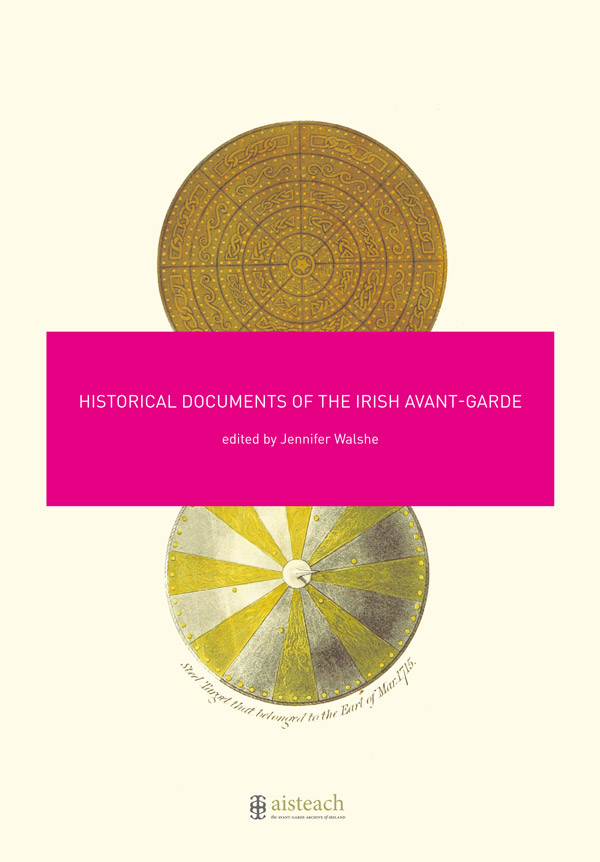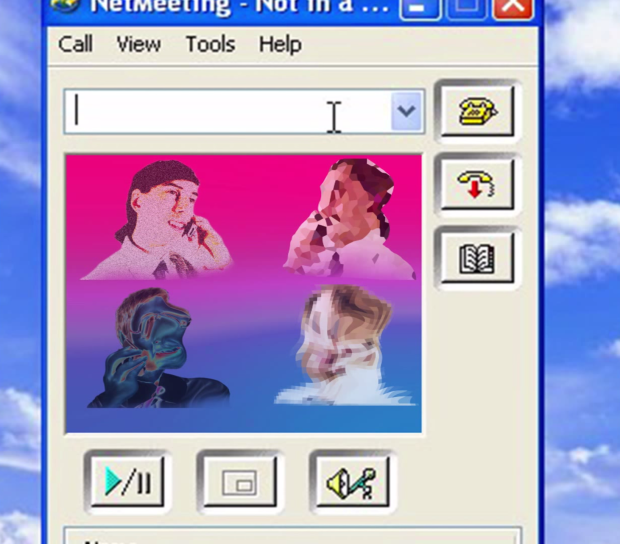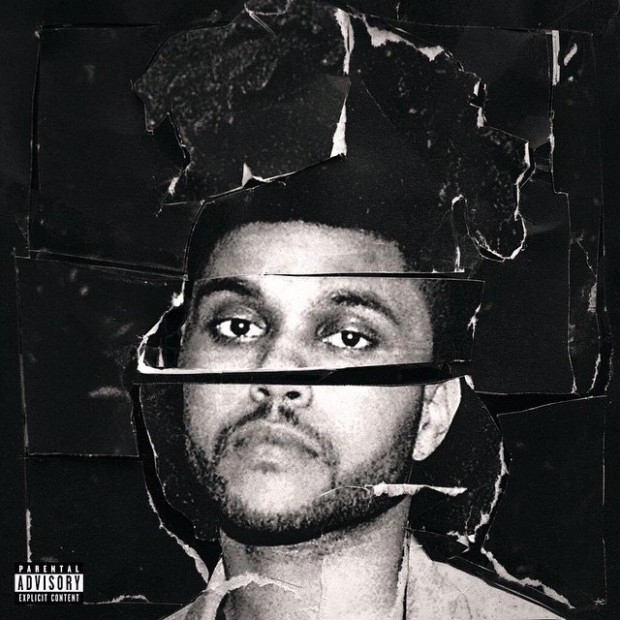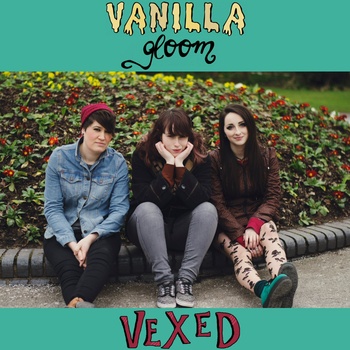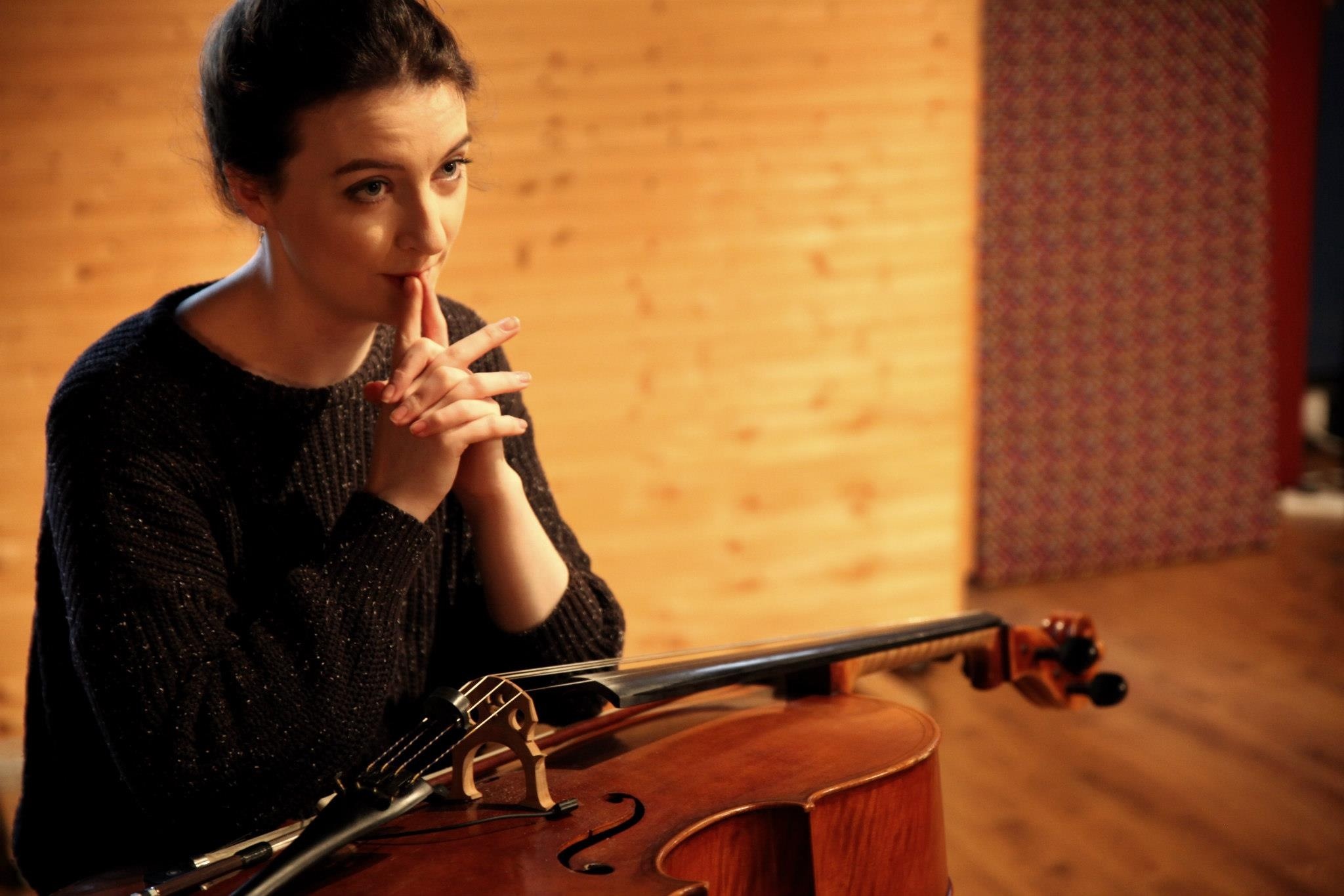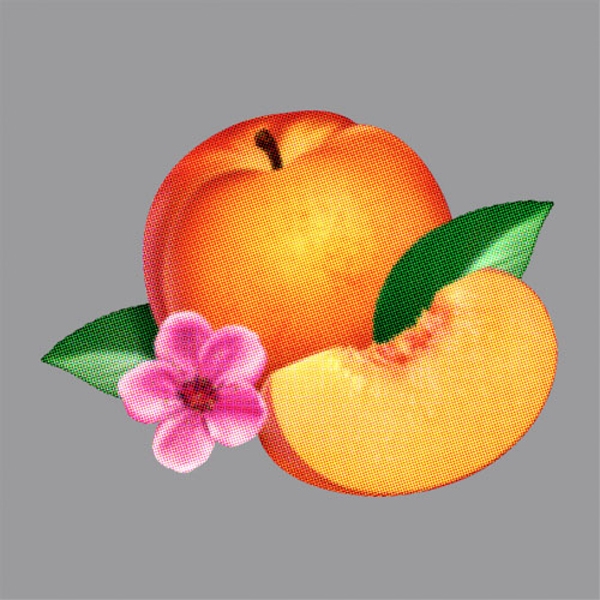Did a radical pianist in 1950s Dublin really inspire Jean Michelle Jarre’s landmark recording Oxygene? What drove the “strange feckless sound without apparent order” of the Keening Women’s Alliance – an improvising vocal group – in late 1950s Cork? What did one woman’s experiments on the Blasket Islands on the sounds of the wind and sea reveal about the Irish language? Could bees have inspired church-organ drone music in early twentieth century Leitrim? Who was behind rural, multi-media trance sessions in the late 1940s, and who on earth went to them? What did free improvisation have to do with British army psy-ops in Northern Ireland during the civil conflict of the 1970s?
The incredible stories behind these and other Irish avant garde composers/artists spanning the arc of the twentieth century are revealed in Jennifer Walshe’s wildly imaginative Historical Documents of the Irish Avant Garde, a fantastical tome which may prove to be one of the Irish literary events of the year.
Its colorful portrayal of two dozen boldly inventive yet utterly obscure Irish composers/artists represents, without a shadow of doubt, the first work of its kind on these shores. Essays by a dozen contributors – broadly academic in nature – paint a picture of eccentric, driven men and women who, across a century plus of history, defied the conventions – and critical scorn – of their respective times in pursuit of singular artistic visions.
What few examples of these artists’ recorded music that have survived the passage and ravages of time have been digitalized and archived at the website of The Aisteach Foundation (www.aisteach.org), the principal repository for documents, recordings and various other material pertaining to avant garde music in Ireland. It’s a valuable sonic companion to the texts.
Walshe and co haven’t so much dug up these largely unknown yet key practitioners of the Irish avant garde from the peat bogs of history as they have imagined them, for if truth be told, none of these artists actually existed. More’s the pity. Indeed, Historical Documents of the Irish Avant Garde must be filed under fiction. Walshe, who conceived and edited the work makes the necessary disclaimer in the book’s forward, describing it as a revisionist exercise in “what if?” and a “communal thought experiment”.
What if Ireland hadn’t been, to quote historian Tim Pat Coogan, “an emigration-drained land wherein poverty, priest and publican dominated”? What if the program of cultural nationalism prevalent between the two World Wars had never taken place? Would a more significant avant garde have flourished? Do the avant garde artists of any country flourish not in spite of but because of the socio-political conditions? Though these questions aren’t directly posed in Historical Documents of the Irish Avant Garde they nevertheless hover in the background.
It’s tempting to consider that a general acceptance of the Aleatoric Revisionist Balladeers’ attempts to dismantle and reconstruct popular Irish ballads – in effect interrogating Irish identity, claims the author – might have sparked a folk revolution. Had homosexuality not been a felony in 1950s and 1960s Ireland would more gay bars have followed the lead of Bartley Dunne’s, whose backroom lock-ins attracted writers, cross-dressing transvestite poets, cabaret dancers, electronic tape performances and eclectic concerts? Walshe’s communal thought experiment involves the book’s authors and readership alike.
The essays follow a scholarly style yet are no less readable for the earnest intent of the authors to create convincing academic and musicological profiles. Detailed footnotes and bibliographies lend credence to the motley, outsider personalities. The notable exception is Julian A. Dalton’s essay entitled Sligo’s Secret Outsider, which takes the form of an investigative journalistic narrative around the work of Alexander Black, a reclusive figure immersed for decades in driftwood sculpture.
The case of improvising duo Niall Kilbride and Karen Malone is wickedly humorous, as their noise improvisation was used – presumably without permission – by British military intelligence as part of a pys-ops operation against paramilitary organisations in Northern Ireland between 1972 and 1974.
Some things, however, you just can’t make up and this story is based, believe it or not, on fact. Captain Collin Wallace and his team did indeed plant evidence of Satanic masses around Northern Ireland, attempting to link such diabolism with the paramilitaries in a bid to discredit them in the eyes of the local population. It’s really only a small step from such shenanigans to the author’s tale of a highly distorted recording of a Kilbride (saxophone) and Malone (drums) improvisation left playing in an abandoned farmhouse near Larne, and described by an RTE news report as “played by people possessed” and “demonic”.
In a nice footnote to the story, Kilbride and Malone moved to the States shortly afterwards (presumably the British had squashed any chances of their music finding a commercial footing in Northern Ireland) where they collaborated with John Zorn and Lydia Lunch.
Who knows where facts and start and finish but one thing is sure, noise improvisation/free jazz has to this day never gained a footing in Larne.
Each essay is a tale of unborn possibilities: Billie Hennessy’s 1906 suite for multiple pianos; the experimental musical instruments of Sinead and Fiachra O Laoire dating from 1910; the “sound poetry” in Irish of the so-called Guinness Dadaists in the 1920s; the French-influenced surrealism of Sean Cullinane on Achill Island in the late 1930s; the political performance art of the Kilkenny Engagists, whose first performance—inspired by American experimental composer Christian Wolff’s work Stones—used stones found on the streets following a Belfast riot in 1973.
Walshe and her authors have fabricated a thoroughly entertaining and engrossing tale of the Irish avant garde. The book could yet usher in a new enthusiasm for academic and anthropological research into the more outré areas of the Irish arts – past and present and imagined. Ian Patterson
The Aisteach Foundation and the above-reviewed book are the result of the contributions of Jennifer Walshe, John Berndt, Felicity Ford, Panos Ghikas, Paul Gilgunn, Stephen Graham, Majella Munro, Simon O’Connor, Rían O’Rahallaigh, Nick Roth and Benedict Schlepper-Connolly.

